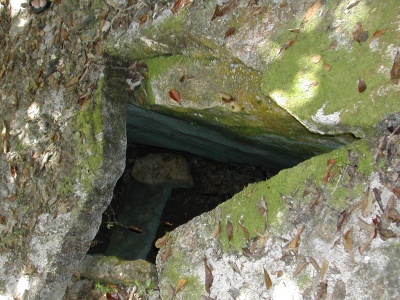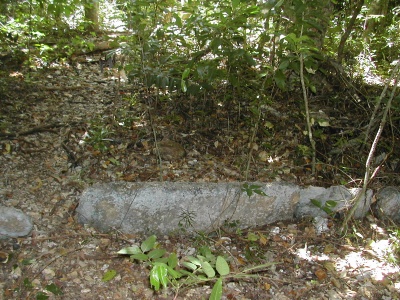THE STORY OF QUEEN TALAFAIVA

When Talafaiva, the most beautiful of maidens, not only consented to be his third and most loved wife, but brought him 100 other alluring girls as part of her dowry, his happiness knew no bounds. One day, as the couple was making plans for their home, Talafaiva spied a big fo’ui tree just outside the royal enclosure and implored her husband to have it cut down. Telea only shrugged his shoulders and said they would leave it. The house was built, a strong fence to safeguard them all was erected around it, and outside the fence grew the fo’ui tree.
Telea spent entire days and nights in amorous dalliance with his lovely bride, but after a time, he succumbed to a common Tongan urge, the desire to go fishing. Had he been less concerned about collecting bait and seeing that his lines were in order, he might have noticed a stranger on the beach. As it was, he and his men sailed off over the midnight sea with many a jest about the “big ones” they were going to land.
The stranger was one Lepuha, “a handsome man of Vava’u”. Like the glorified stagecoach robbers of Australia and America, “the handsome men” were above the law and had no concern with morals. They shocked the public, and the public loved them. What they stole was not money but beautiful women, and Lepuha, since first he had heard of Talafaiva, had known she was one conquest he must make. To pursue that end, he had, as a matter of fact, been some time on ‘Euakafa and had made repeated attempts to see the queen. The guards who watched at the gate of the royal compound turned him away as if he had been a dog. Like a dog, he ran about to see what he could find to help him. He found it. On the night Telea went fishing, Lepuha lingered on the beach only long enough to see the king’s canoe over the horizon. Then he turned, and dodging around to the side of the fence, climbed the fo’ui tree, swung out on a branch that hung over the compound, jumped down, and in a very few minutes reached the object of his desire. It is well known even today that no woman can resist Vava’u’s “handsome men”. There is no record of Talafaiva having tried to do so. In spite of his pulchritude, Lepuha was that nasty creature, a “kiss and tell boy”, so when he had taken his pleasure with Talafaiva, he tattooed her stomach with his special mark, and having done so, left her.

That evening Telea and his men returned home, triumphant, with canoes full of fish. Naturally, the first thing he thought of was boasting to his queen and enjoying her admiration and her favors. But when he saw the telltale mark on her stomach, his love turned to rage.
Bitterly he asked her why she had allowed such a thing. She was all innocence. “It was not I who allowed it. The fo’ui did it.” Since that time, “the fo’ui did it” has become a proverbial Tongan saying for those who don’t accept responsibility for their own actions. Needless to say, it did not placate Telea. Calling his servant, Auka, he ordered him to beat his erring wife. A few hours later, he called Auka again and asked him if he had done his command. “I have”, the faithful servant replied. “And how is the queen?” “Dead”.
Rage and grief burst from Telea. He had only wanted to teach his favorite a lesson. He had certainly not wanted her killed. He ordered a fine tomb built for her and sat for two days and two nights beside her dead body, pouring out his tears.
Return to our ‘Euakafa page.